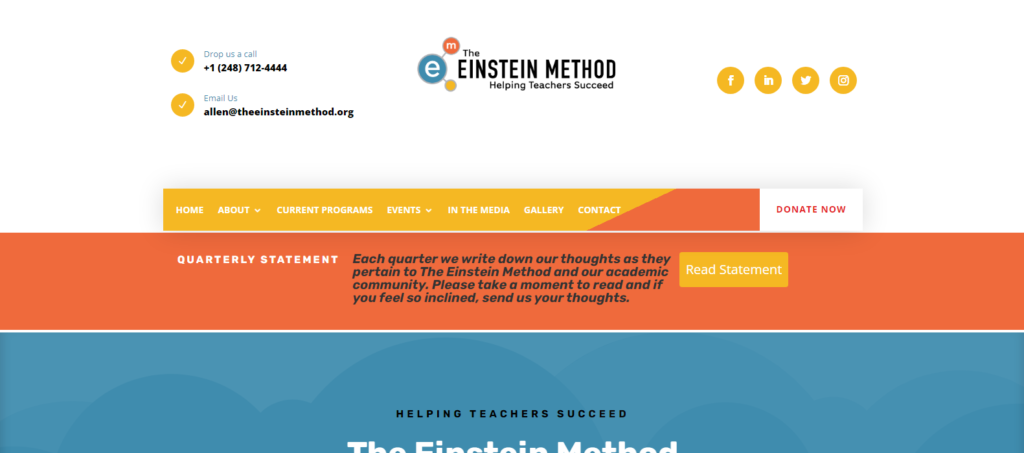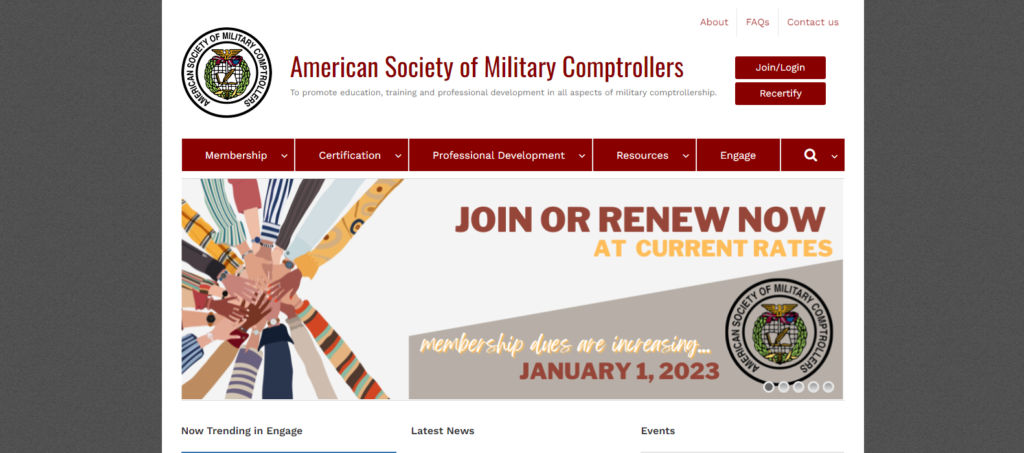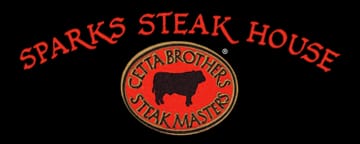Website Terminology Glossary
JavaScript
JavaScript is a high-level, interpreted programming language that is widely used for creating interactive web pages and web applications. It was originally created by Brendan Eich while he was working at Netscape Communications in the mid-1990s and has since become one of the most popular programming languages in the world.
JavaScript is a client-side scripting language, which means that it runs on the user’s computer rather than on the web server. It can be used to perform a variety of tasks such as manipulating HTML and CSS, creating animations and effects, handling user input, and communicating with servers.
Some examples of JavaScript in action include:
Dynamic web content
JavaScript can be used to dynamically change the content of a web page based on user interaction, time, or other factors. For example, a web page may display different content or images when a user clicks on a button or hovers over an element.
Form validation
JavaScript can be used to validate user input in a web form before it is submitted to a server. This can help prevent errors and ensure that the data submitted is in the correct format.
Web animations
JavaScript can be used to create animations and special effects on a web page. For example, a website may use JavaScript to create a slideshow or to animate elements as they appear on the page.
User interface enhancements
JavaScript can be used to enhance the user interface of a web application. For example, a website may use JavaScript to create a drop-down menu, tooltips, or pop-up windows.
AJAX
JavaScript can be used to communicate with a server asynchronously, without requiring the user to reload the page. This is often used to update parts of a web page without reloading the entire page, resulting in a faster and more responsive user experience.
Need Help With JavaScript ?



































